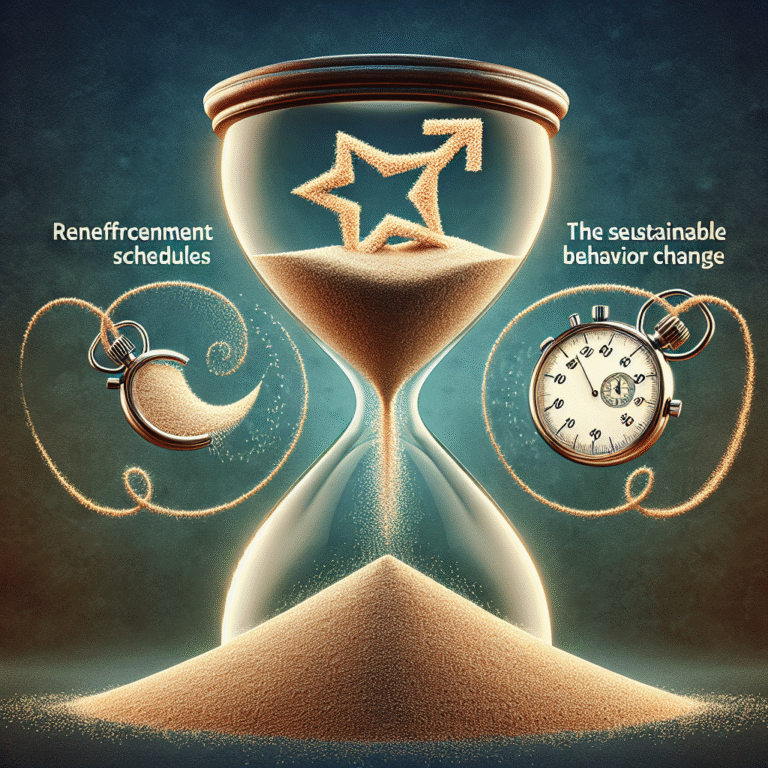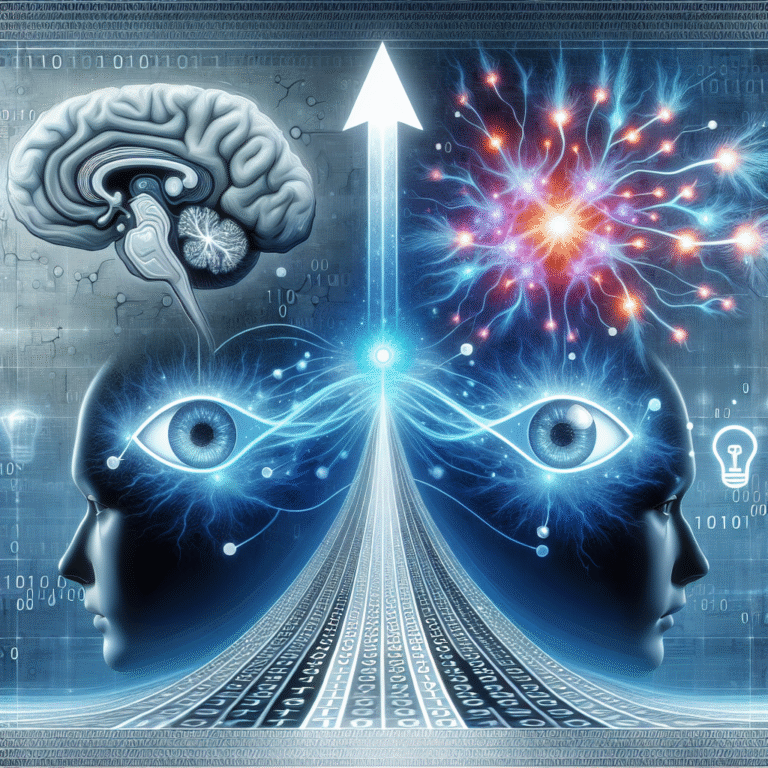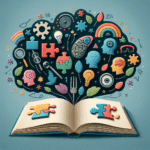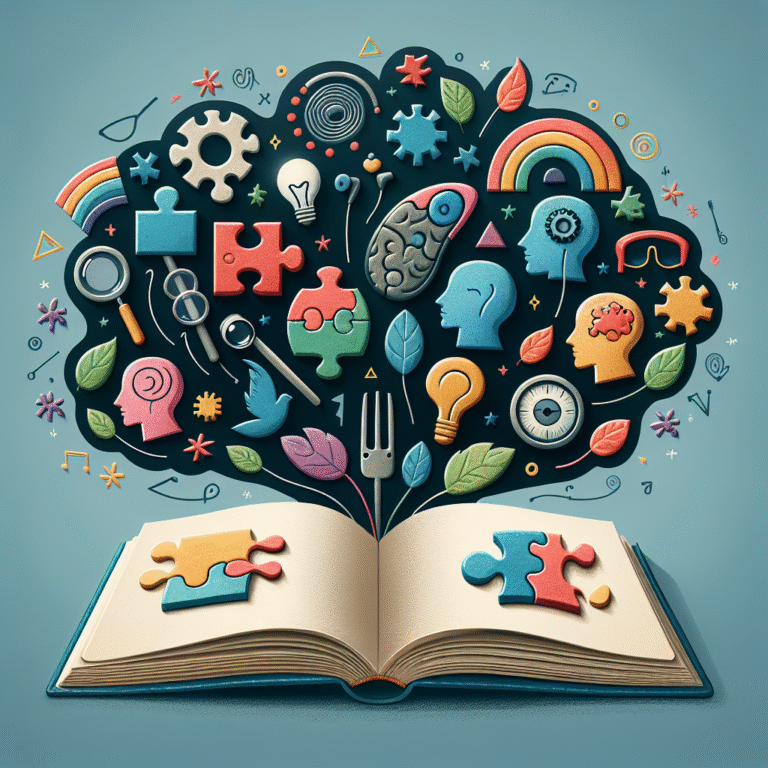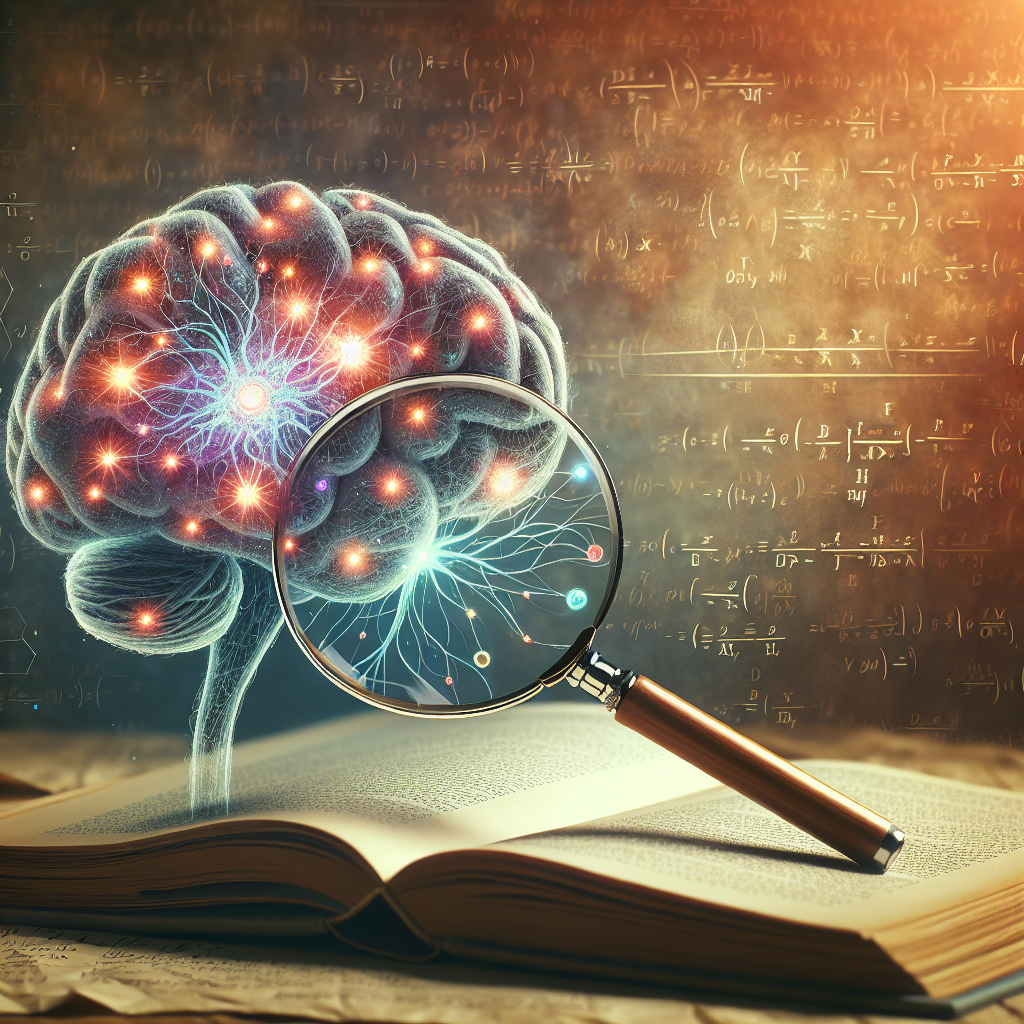
Memory is an essential part of being human, shaping our identities, informing our decisions, and allowing us to connect with the world around us. But what makes memory retrieval work? Why do we sometimes struggle to recall names or dates, while other moments seem to trigger a flood of memories? In "Exploring the Mechanics of Memory Retrieval: What Neuroscience Reveals," we delve into the fascinating science behind how we retrieve memories, equipped with insights that not only intrigue but also empower us to harness this knowledge for our benefit.
Introduction
Imagine standing in a crowded room when suddenly someone mentions an old song. Before you know it, you’re transported back in time, recalling precise details—the laughter, the smells, the emotions—all triggered by that single note. Memory is a complex and dynamic process, and the neuroscience behind it is giving us profound insights into its mechanics.
In this article, "Exploring the Mechanics of Memory Retrieval: What Neuroscience Reveals," we dive deep into memory retrieval’s nuances, examining not just how memories form but how they can be accessed and utilized effectively. We’ll explore fascinating case studies that illustrate the practical applications of memory retrieval, and offer actionable insights that you can apply to everyday life.
Understanding Memory: A Brief Overview
The Stages of Memory
Memory can be divided into three broad stages: encoding, storage, and retrieval. While many people focus solely on retrieval, it’s essential to understand how memory works as a whole.
Encoding: This is the initial step where information is transformed into a format that can be stored. Factors like attention and emotion can greatly influence this process.
Storage: Once encoded, memories are stored in different types of memory systems—short-term, long-term, and working memory.
- Retrieval: The final step involves accessing stored memories, which can be influenced by various cues and context.
Memory Types
- Declarative Memory: Involves knowledge of facts and events (e.g., remembering a birthday).
- Procedural Memory: Involves skills and actions (e.g., riding a bike).
- Working Memory: The capacity for temporarily holding information for cognitive tasks.
The Neuroscience of Memory Retrieval
Key Brain Structures Involved
Memory retrieval is not just a mental trick; it’s a sophisticated physiological process involving several brain structures:
- Hippocampus: Crucial for forming new memories and linking them to old ones.
- Prefrontal Cortex: Involved in decision-making and retrieving specific memories from long-term storage.
- Amygdala: Plays a role in emotional memories, often enhancing the vividness of recollections.
The Role of Cues in Memory Retrieval
Contextual Cues
Memory retrieval can be significantly improved by contextual cues—hints from the environment or situation in which the memory was formed. This phenomenon is known as context-dependent memory.
Case Study: Godden & Baddeley (1975)
In a study involving divers, researchers found that those who learned words under water recalled them better when they were underwater compared to when they were on land. This illustrates the power of environmental context in "Exploring the Mechanics of Memory Retrieval: What Neuroscience Reveals."
Analysis: This study underscores the importance of situational cues and their surroundings in memory retrieval, affirming that optimizing our environments can improve our recall abilities.
State-Dependent Retrieval
Similarly, emotional states can facilitate or hinder memory retrieval. This idea is known as state-dependent memory, which suggests that you’re more likely to remember information if you’re in the same emotional or physiological state as when you learned it.
Techniques to Enhance Memory Retrieval
Understanding the mechanics behind memory retrieval allows us to leverage various techniques to enhance our recall abilities.
1. Mnemonic Devices
Mnemonic devices are mental shortcuts that help organize information in a way that makes it easier to remember. Techniques such as acronyms, visualization, or rhymes can significantly improve memory retrieval.
2. Spaced Repetition
Spacing out your learning sessions rather than cramming provides more opportunities for encoding and retrieval, enhancing your overall memory through multiple retrieval practice.
3. Mind Mapping
This visual tool helps organize information hierarchically and allows you to see connections between ideas, making it easier to recall associated memories.
The Impact of Emotion on Memory Retrieval
Emotional Memories
Emotion plays a crucial role in memory retrieval. The amygdala’s involvement in emotional memories means that events tied to strong feelings are often recalled better than neutral ones.
Case Study: Flashbulb Memories
Flashbulb memories are vivid, detailed memories of significant events (e.g., the 9/11 attacks). Research has shown that people have flashbulb memories for events that evoke strong emotional responses, even years later.
Analysis: This case study highlights the intersection of emotion and memory retrieval, emphasizing that our strongest memories often carry deep emotional weight.
Neuroscience Techniques for Memory Enhancement
Various neuroscientific techniques are being explored to help individuals enhance their memory retrieval capabilities.
Neurofeedback
Neurofeedback training teaches individuals to control their brain activity, which could help in improving memory by enhancing focus and cognitive function.
Transcranial Magnetic Stimulation (TMS)
TMS is a non-invasive procedure that uses magnetic fields to stimulate nerve cells in the brain. Research suggests it may help enhance memory performance and retrieval in certain populations.
Real-World Applications
Understanding the mechanics of memory retrieval has practical implications in various fields, including education, therapy, and everyday life.
In Education
Educators can employ techniques such as spaced repetition and contextual learning to enhance students’ ability to retrieve information, optimizing their learning experiences.
In Therapy
Therapists can utilize principles of memory retrieval to help clients recall and process repressed memories, aiding in emotional healing.
Everyday Life
Individuals can apply insights from memory research to improve their personal memory strategies, from using mnemonic devices to creating meaningful associations.
Conclusion
"Exploring the Mechanics of Memory Retrieval: What Neuroscience Reveals" uncovers the fascinating interplay between emotion, context, and cognition in memory retrieval. As we absorb and implement these insights, we can harness their potential for personal growth, whether in academic settings, therapy, or daily life.
By understanding how memory works, we equip ourselves with the tools to enhance our lives. The ongoing research in neuroscience promises even more breakthroughs, providing exciting possibilities for the future of memory enhancement.
Key Takeaways
- Memory retrieval is a complex process influenced by encoding, storage, and environmental cues.
- Emotional states significantly impact our ability to retrieve memories.
- Techniques like mnemonic devices and spaced repetition can optimize memory recall for practical applications.
FAQs
1. What is memory retrieval?
Memory retrieval is the process of recalling information stored in the brain, available for use in various cognitive tasks.
2. Why do I struggle to remember certain things?
Several factors can affect memory retrieval, including stress, context, emotional state, and the strength of the original encoding.
3. Can memory retrieval be improved?
Yes, techniques such as spaced repetition, mnemonics, and environmental cues can enhance memory retrieval skills.
4. How does emotion affect memory retrieval?
Emotions can strengthen memories, making them more vivid and easier to recall. Strong emotional experiences often result in more robust and lasting memories.
5. What are flashbulb memories?
Flashbulb memories are detailed and vivid recollections of significant events, typically tied to strong emotional responses.
As neuroscience continues to unlock the mysteries of memory, we stand at the forefront of potential transformation in how we think, learn, and remember, paving the way for a deeper relationship with our cognitive abilities.




